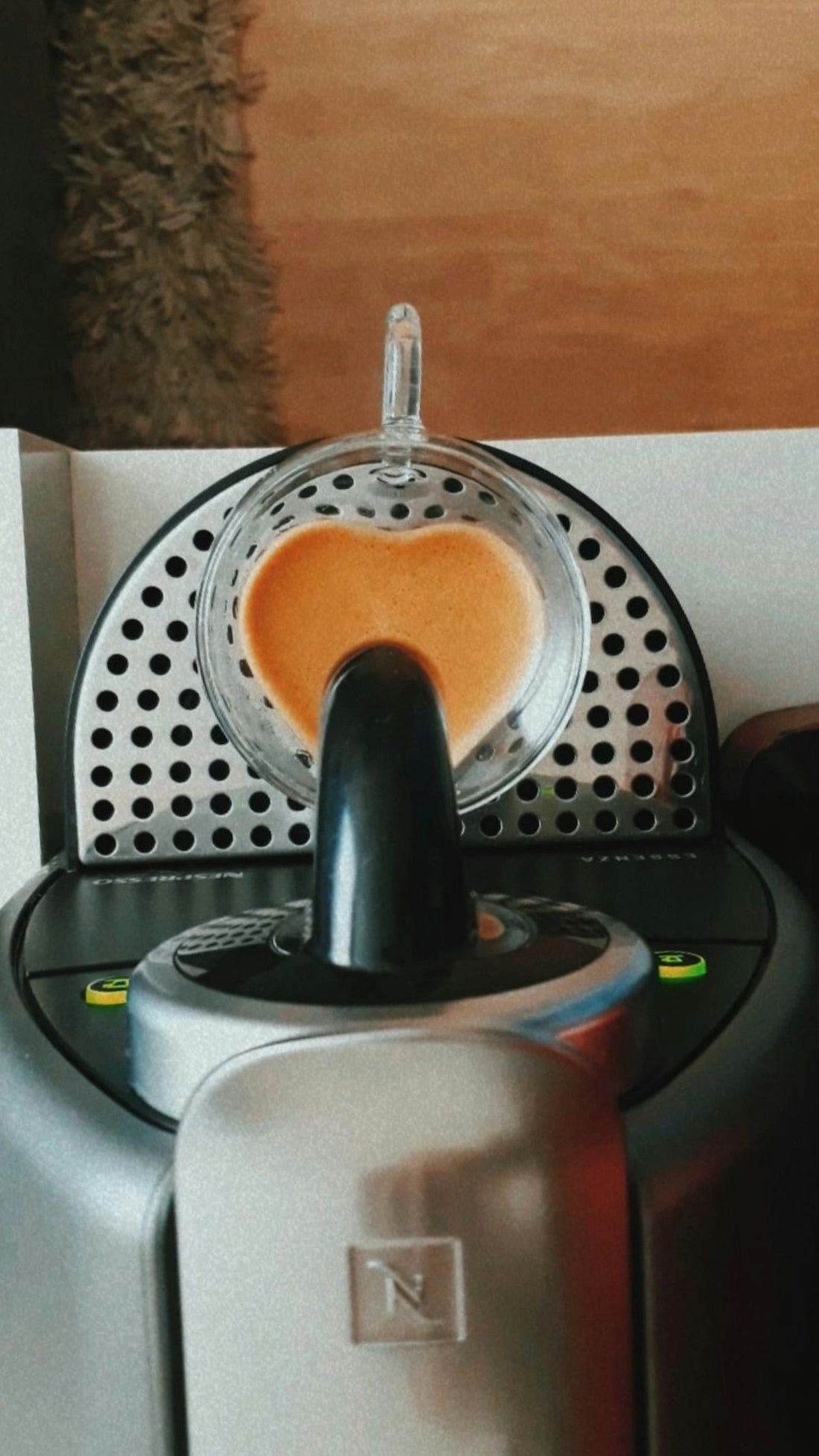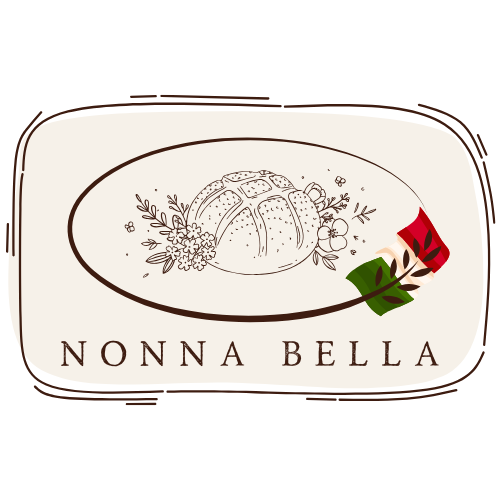
The Power of Fermentation: Unlocking the Magic of a Healthy Sourdough Starter
Welcome to the world of sourdough, where science meets art, and patience brings magic to your baking. For many enthusiasts, the journey into sourdough baking begins with the creation and nurturing of a sourdough starter. This fermented blend of flour and water may seem modest, but it holds the key to producing delicious, homemade sourdough bread with an irresistible texture and a tangy depth of flavor. In this post, we will dive into the wonders of sourdough fermentation, provide essential sourdough baking tips, compare sourdough starter vs yeast, and more.
Understanding the Magic of Sourdough Fermentation
The process of sourdough fermentation is a fascinating example of nature's complexity. It involves an intricate balance between wild yeast and lactobacilli bacteria. Unlike commercial yeast, wild yeast strains in a sourdough starter are more diverse and are capable of withstanding more acidic conditions. This is why sourdough bread has a distinctive taste and can be easier on the digestive system, which is particularly beneficial for diabetics looking for healthier bread options.
The Life of a Sourdough Starter
Creating your sourdough starter is both simple and rewarding. All you need is flour, water, and a bit of patience. You can find comprehensive guidance on how to feed sourdough starter, and establish a regular sourdough starter feeding schedule to keep it healthy and active. Feeding frequency can vary from daily to weekly, depending on your baking habits and storage method.
When it comes to sourdough starter troubleshooting, pay attention to factors like temperature, acidity, and humidity as they can influence microbial activity. A well-maintained starter should have a pleasant, tangy aroma and a bubbly surface, indicating active fermentation.
Homemade Sourdough: Unleashing Artisan Bread Baking at Home
Artisan bread baking allows home bakers to craft beautiful loaves of sourdough with unique scoring patterns and crusty exteriors. It's where science meets creativity, and our blog is dedicated to helping you hone your skills. With easy sourdough bread recipes and tips on how to bake sourdough bread, you'll be crafting bakery-quality loaves in no time.
Sourdough Baking Tips
- Choose the Right Tools: The right tools can make a difference in your bread's outcome. Consider investing in a Martha Stewart 7Qt Enameled Cast Iron Dutch Oven for even heat distribution and steam retention during baking.
- Scoring Techniques: To get that perfect ear or pattern, the Bread Lame Dough Score Cutting Tools come in handy. They provide the precision needed to enhance your bread’s aesthetic.
- Fermentation Baskets: Use an Oval/Round Bread Rattan Fermentation Basket to properly shape the dough as it develops flavor and structure.
Shaping and Baking Techniques
Understanding how to shape sourdough bread influences the final texture and crumb structure. Whether you're making a boule or a batard, practice is key. Study the best sourdough scoring techniques, prioritize precise folds, and ensure tension in the dough to improve the rise and crust.
Maintenance, Storage, and Comparing Sourdough Starters to Commercial Yeast
Sourdough starter vs yeast remains a common discussion topic within baking communities. Commercial yeast offers convenience but lacks the complex flavor profile gained from wild yeast fermentation. Sourdough starters need more effort in terms of maintenance, yet the payoff is worth it for the taste and health benefits.
How to Store Sourdough Starter
For those who bake regularly, keep the starter at room temperature and feed it daily. Alternatively, if you're a less frequent baker, refrigerate your starter and feed it weekly. Check our guide on how to store sourdough starter effectively to avoid common storage-related issues.
Troubleshooting Common Sourdough Problems
Even seasoned bakers encounter hiccups with sourdough bread troubleshooting. Issues such as dense loaves, lack of rise, or poor scoring can be frustrating. These problems often arise from overproofing, underdeveloped gluten, or an inactive starter. Regular practice and experimentation are invaluable as you tweak your processes to match your specific kitchen environment.
My Sourdough Life: Celebrating the Journey
Embracing sourdough baking is a celebration of patience, skill, and the joy of creating something delicious with simple ingredients. This journey provides not just a path to delicious bread but an insight into a more mindful and intentional lifestyle. For those looking to start their sourdough journey or level up their baking game, the Sourdough Starter Kit makes it easier to step into this rewarding world.
Conclusion
The allure of sourdough is timeless, a testament to its unmatched flavor and health benefits. Whether you're a beginner or an experienced baker, understanding sourdough fermentation unlocks a realm of culinary possibilities. For more tips and products that elevate your baking, explore Italian Sourdough, a hub for sourdough enthusiasts.
With the right knowledge and tools, your homestead can be the source of artisan wonders, each loaf telling a story of tradition and craft. Happy baking!
